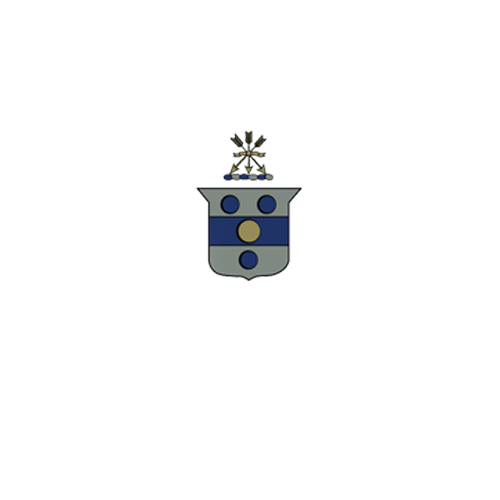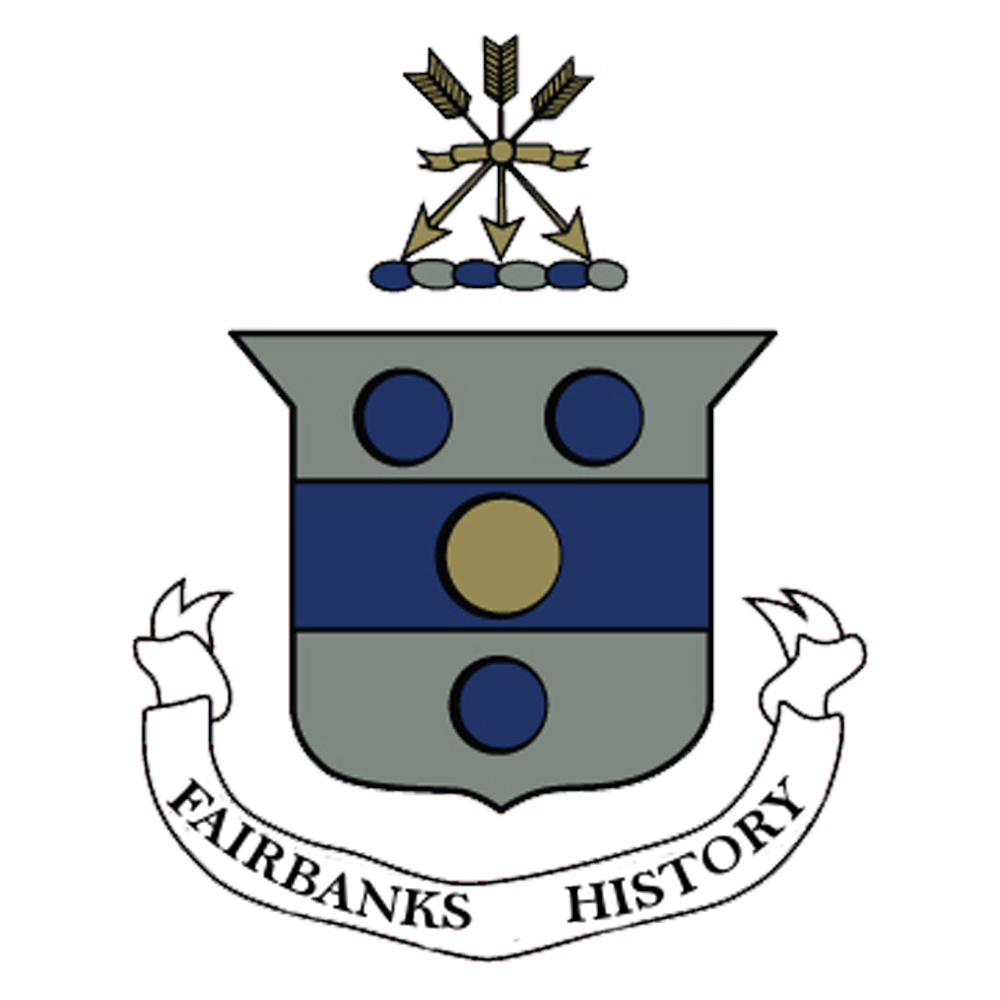Love in the 17th Century for the Fairbanks and Prescott Families
Love and Marriage in 17th Century for the Fairbanks and Prescott Families
Love and courting were an integral part of the the 17th Century. The Puritan believed love didn’t always come before marriage. Some marriages were arranged for the betterment of the family, especially if a substantial dowry or land was involved. Everything that came with the wife became solely the husbands unless he should precede the wife in death and even then the husband’s will would determine the future of his widow.
However, love, fidelity, and even bilaterally pleasing sexuality were expected in a marriage. Love could be developed over time as we find in the following quotes. A marriage was also a business partnership. The wife was often called a helpmate. The husband’s domain was everything outside the house, gardens, and dairy. The wife’s was everything within, but she was also were expected to stand in for her husband when he was away from his business.
“The man whose heart is endeared to the woman he loves, he dreams of her in the night, hath her in his eye and apprehension when he awakes, museth on her as he sits at table, walks with her when he travels and parlies with her in each place where he comes . . .”
Reverend Thomas Hooker”
“‘Truly my life is but half a life in your absence’
Elizabeth to Oliver Cromwell who married out of prudence but developed a deep love over time”
Marriage Certificate for Jonathan Fairbanks and Grace Smith at the Parish Church of Halifax, York, England 1617 image of certificate thanks to The Fairbanks House
Jonathan and Grace (Smith) Fairbanks
Thanks to documentation of marriages in England we know that Jonathan Fairbanks married Grace Smith both of Warley, West Yorkshire, England in 1617 at the Halifax Parish Church which would have been about 4-5 miles from where they lived. The church is still standing as the St. John the Baptist Minster in Halifax.
Most of their children were married in Dedham at the only church at that time. Jonas was the married in Lancaster, Massachusetts, to Lydia Prescott daughter of John and Mary (Gawkrogers Platts) Prescott.
The Children of Jonathan and Grace Fairbanks
John Fairbanks married Sarah Fisk of Dedham “the 16 of 1 mo.” 1641.
George Fairbanks married Mary Adams of Dedham “the 26 of the 8 mo.” 1646.
Mary Fairbanks married Michael Metcalf (Jr.) of Dedham “2 of the 2 mo.”1644.
(2) Christopher Smith “the 2 of the 6 mo. 1654”
Jonas Fairbanks married Lydia Prescott of Lancaster, May 28, 1658 in Lancaster, Massachusetts.
Susan Fairbanks married Ralph Day or Dedham “12 of 8 mo. 1647.”
Jonathan Fairbanks married Deborah Shepard perhaps of Cambridge before 1654.
They had a child in 1654 per Dedham Town Records.
Martha Pidge (lived in the Fairbanks house much of her life) married Benjamin Bullard
“ July 2 1659 in Dedham.”
John Prescott and Mary Gawkroger-Platts
The Fairbanks family and the Prescott family both came to the Massachusetts Bay Colony from Sowerby, West Yorkshire, England. John Prescott is believed to be from around the area of Shevington or Wigan, Lancashire, England. Gawkrogers-Platts is believed to be a relative of Grace Smith from an area not far from Warley. John and Mary Prescott were married November 4, 1629. At this time we will only focus on one daughter who married into the Fairbanks family, Lydia. In future blogs we will discuss other Prescott children in more depth.
Jonas Fairbanks and Lydia Prescott
A Love Story
Jonas and Lydia (Prescott) Fairbanks’s relationship is probably the nearest to a true love story we know of in the original families. Using some assumptions, it can be conjectured that they were truly and deeply in love.
Jonas Fairbanks was born in 1624 in England. Lydia Prescott was born in 1641 after the Prescotts came to the Watertown in the Massachusetts Bay Colony. Thus there was about a seventeen year difference in their ages. Neither had been married previously.
The Prescotts left Watertown to settle a wilderness town at Lancaster, Massachusetts, in 1645, John Prescott was considered the founding father of Lancaster and initially there were only three families. There were few families or single men in the town for a long time. John recruited young men and families to settle the “plantation” until there were enough people to be considered a town.
Two of the single men, Thomas Sawyer and John Rugg, who came to Lancaster early, married the two oldest Prescott daughters, Mary and Martha. John Prescott may have recruited Jonas Fairbanks to the town to help build and eventually to start an ironworks in Lancaster. Jonas went to Lancaster sometime after 1652. It is not clear when Jonas was in Lancaster or if he stayed there. He did not have land in Lancaster as late as 1655. From the timing of historical facts, it seems that he helped build the meetinghouse.
The first meetinghouse (church) in Lancaster was completed in the spring of 1658. Jonas and Lydia’s marriage on May 28, 1658 was the first registered in Lancaster, Massachusetts. It was probably the first event to take place in the meetinghouse. All previous marriages of that town were registered in other towns.
Ministers were not always allowed to marry couples. A marriage was considered a civil union, and the ceremony was officiated by someone licensed by the Colony. Mr. John Tinker was the most prestigious man in town at that time and was deeply involved in the Colony government. He requested and was granted the license to marry, in quick succession, just in time to marry Jonas and Lydia on May 28, 1658.
When Jonas married Lydia, Lydia’s oldest sister, Mary, had been married ten years. The second sister, Martha, had married John Rugg and died during her first birth along with their twins. Neither Sarah (21 years), the third daughter, nor the fourth daughter, Hannah (19 years), both older than Lydia, had married. It was customary for the older daughters to marry before the younger one was allowed, especially when suitors were limited.
At thirty-three years of age, Jonas would have been an equally good match for either Sarah or Hannah. By coincidence or design, a widower with three children from Dedham (Medfield) married Sarah Prescott a few months after Lydia and Jonas were married. Hannah married her deceased older sister, Martha’s widowed husband, John Rugg.
Jonas and Lydia’s relationship appears to be one of love because of all the obstacles that would have stood in the way of their marriage.
Summary
All of the Fairbanks children married within the community or the friend base of their family. This was considered an important factor in a successful marriage. Divorce was rare, but did happen in the 17th Century, but changes in spouses in the Fairbanks Family were necessitated by death of a partner and multiple children to provide for. No doubt, the children knew their spouses well before marriage and most likely had a fondness or love for those they married. Perhaps there is no greater love story in the family than that of Jonas and Lydia. Based on these facts, I write about Jonas and Lydia’s courtship and love as part of the historical novel about the original Fairbanks family,. The date of completion for the book is yet to be determined.
References:
The Fairbanks Family of America 1633-1686, Lorenzo Sayles Fairbanks
The Early Town Records of Dedham, Massachusetts, Volume I, Don Hall Gleason
Massachusetts Historical Society, Poem found in John Eliot’s Bible
Puritans, Puritan Wedding Procession, Amy Belding Brown.
Herald of Grace: Puritan Marriage
Yorkshire Folk Talk: Customs and Superstitions
Next Up
A guide for visiting Dedham, Massachusetts
and
Surrounding area
Based on The Fairbanks House
and
The Original Fairbanks Family










